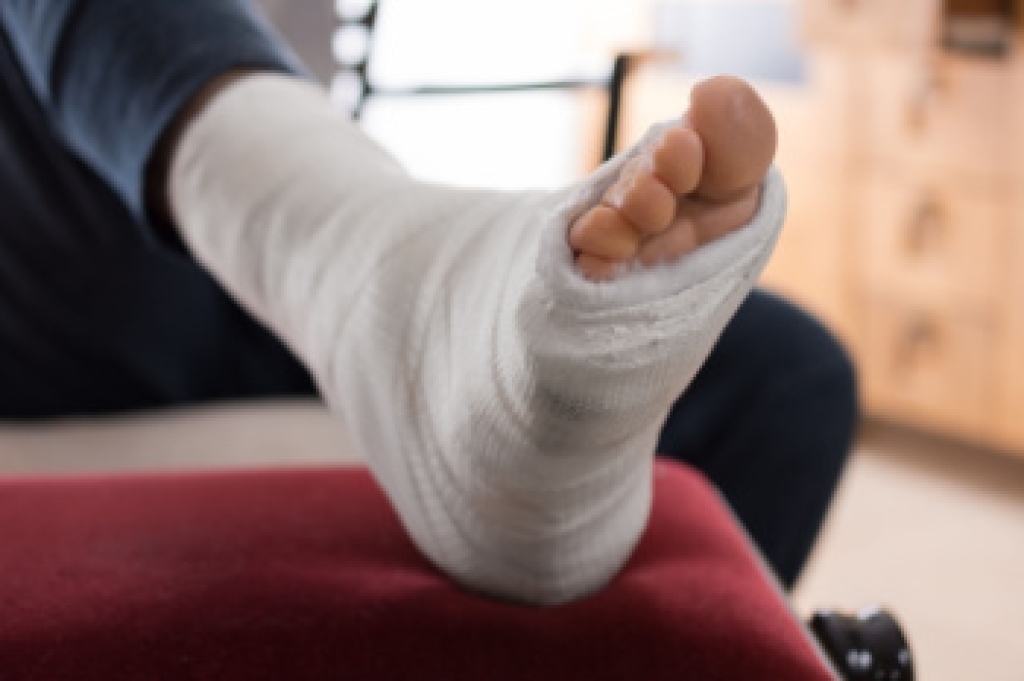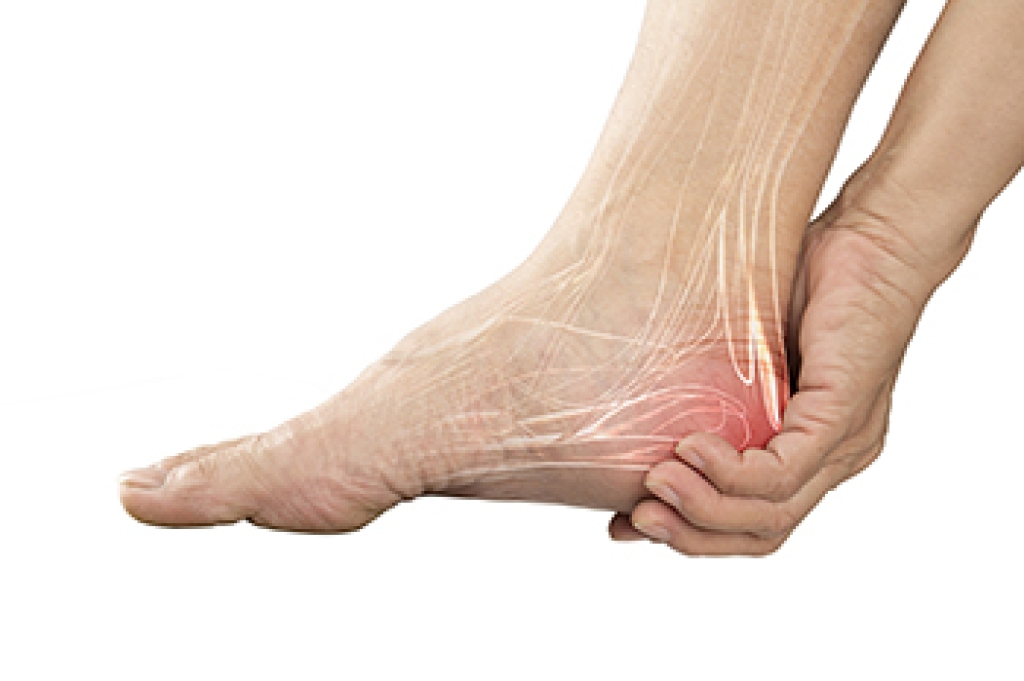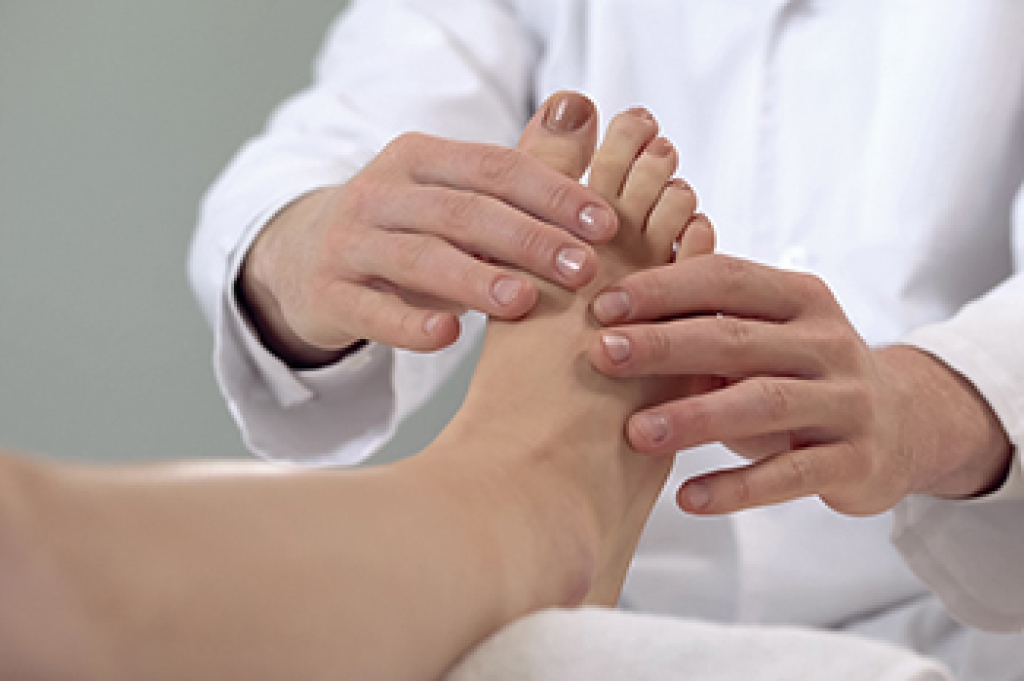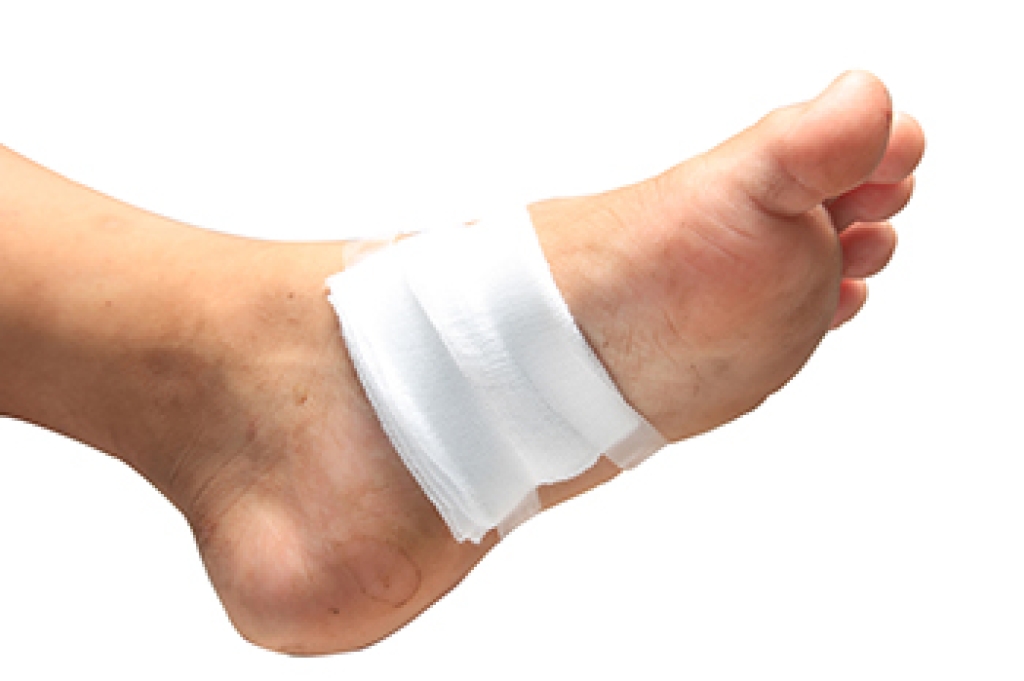
A metatarsal fracture is a break in one of the long bones of the foot that connect the midfoot to the toes. Acute fractures often occur suddenly from trauma, such as dropping a heavy object on the foot, twisting an ankle, or experiencing a direct impact during sports. Symptoms may include immediate pain, swelling, bruising, and difficulty bearing weight. Proper diagnosis through imaging is essential to determine the severity and whether the fracture is displaced. Treatment may involve rest, immobilization with a cast or boot, and, in some cases, surgical fixation, where metal pins, screws, or plates are used to stabilize the bone. Aftercare is vital to ensure proper healing. This stage may include gradual weight bearing, targeted exercises, and supportive footwear to restore strength and mobility while preventing future injury. If you suspect a metatarsal fracture, it is suggested that you seek prompt evaluation and follow up care with a podiatrist for optimal recovery.
A broken foot requires immediate medical attention and treatment. If you need your feet checked, contact Sharmila Das-Wattley, DPM from Home Wound Healing. Our doctor can provide the care you need to keep you pain-free and on your feet.
Broken Foot Causes, Symptoms, and Treatment
A broken foot is caused by one of the bones in the foot typically breaking when bended, crushed, or stretched beyond its natural capabilities. Usually the location of the fracture indicates how the break occurred, whether it was through an object, fall, or any other type of injury.
Common Symptoms of Broken Feet:
- Bruising
- Pain
- Redness
- Swelling
- Blue in color
- Numbness
- Cold
- Misshapen
- Cuts
- Deformities
Those that suspect they have a broken foot shoot seek urgent medical attention where a medical professional could diagnose the severity.
Treatment for broken bones varies depending on the cause, severity and location. Some will require the use of splints, casts or crutches while others could even involve surgery to repair the broken bones. Personal care includes the use of ice and keeping the foot stabilized and elevated.
If you have any questions, please feel free to contact our office located in Florida . We offer the newest diagnostic and treatment technologies for all your foot care needs.




